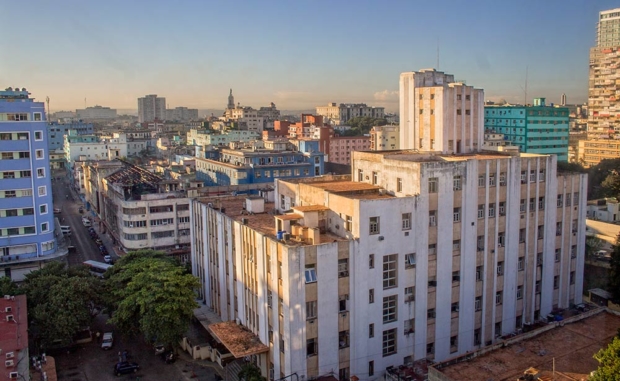
Cuba has an outsized presence in American culture.
The reminders begin when you step off the airplane at Havana’s José Martí International Airport.
Blasted by hot, moist Caribbean air, you see things that are new and yet at the same time seem rooted in memory: Drivers of 1950s American cars beckon with a honk.
That familiar portrait of Che Guevera, dashing in beret, looks skyward for his next revolution, or at least a place on somebody’s T-shirt.
Reaching Havana’s downtown, you see waters that trigger thoughts about Cuba’s shared history with the U.S.: the battleship USS Maine, the Bay of Pigs, the CIA’s plots to kill Castro, and the famous Americans who drank and partied in Cuba, from Ernest Hemmingway and Meyer Lansky to Beyoncé and Jay-Z.
Elegant mansions, most now pitted and crumbling from neglect, remind you of Cuba’s past prosperity as the world leader in sugar production and its lucrative exports of rum, tobacco and nickel.
But that prosperity, limited to Cuba’s landed class, ended in 1959 when the late Fidel Castro took power, triggering hostility with the United States and dependency on subsidies from the Soviet Union.
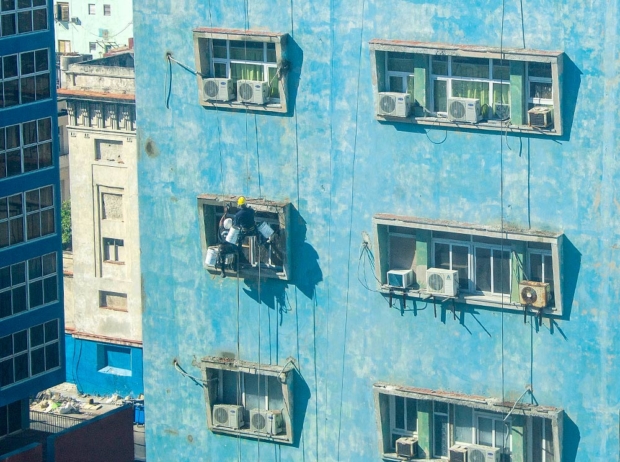
When the Soviet Union collapsed in 1991, so too did Cuba’s economy. Without Soviet cash, Cuba could not afford to buy enough food for its people, nor could its inefficient state-owned farms grow enough food. Rationing began and hasn’t ended.
I went to Cuba last fall as part of a tour, sponsored by the American Association of Agricultural Editors, to assess the prospects for Pacific Northwest tree fruit growers. Our group came from publications and organizations throughout the U.S., representing livestock and different crops.
We met farmers, ministry officials, biotech researchers, importers and others. We wanted to learn about Cuba’s agriculture, especially changes that began when the country’s central planners decided to give their economic model an “update:” that is, allow free market forces to take hold in certain areas.
The sense of change accelerated in 2014, when President Barack Obama took steps to normalize relations with Cuba. The election of Donald Trump, however, has put a giant question mark over U.S.-Cuban relations; during his presidential campaign, Trump pledged to reverse Obama’s Cuba policy.
The sense of uncertainty deepened in November when Fidel Castro died. Some have speculated that Fidel Castro’s death would accelerate democratic reforms within Cuba.
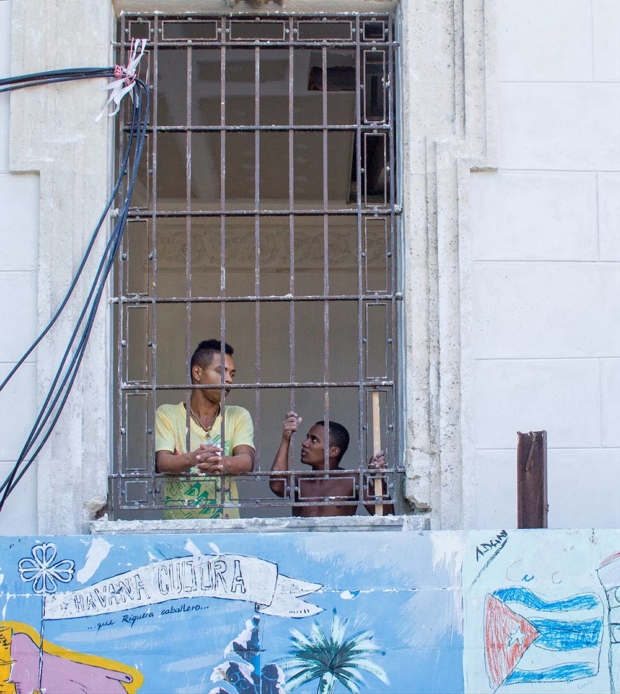
When I was preparing to travel to Cuba, many friends said they wanted to go before traditional Cuba was gone, as if Obama had triggered the quick arrival of a thousand Starbucks. Miller Lite would push out rum.
That didn’t happen, nor will it soon. The reasons are complex, having as much to do with Cuba’s internal politics and culture as with unwillingness in Congress to unknot U.S.-Cuban trade.
Obama could only get so far by tinkering with regulations. Without changes in U.S. law, Cuban importers cannot get financing for the purchase of American goods. What Americans call a trade “embargo,” Cubans call a blockade.
Whatever liberalizations that may have occurred, it’s not yet, to misapply one of Obama’s own phrases, change we can believe in. Cuban hardliners distrust the U.S. and work to dial back reforms, including steps to allow growers to buy supplies and sell crops at prices that reward investment.
Roughly 80 percent of Cuban farmland is controlled by the state; with certain exceptions, government sets prices and quantities for buying seed and other supplies.
Cubans take pride in the excellence of their free education and health care systems, but they pay a price for imperfections in socialism: Farmers at times cannot get fertilizer and chemicals, nor gas for aging tractors or trucks.
Economists who track Cuba say the country imports 60 percent or more of food needed for its 11 million people.
Before the revolution, Cuba was the ninth-leading destination for U.S. agricultural exports, amounting to $600 million annually in inflation-adjusted dollars.
The biggest U.S. shipments to Cuba were chicken parts, rice and vegetables. When trade rules began to loosen, exports of all goods to Cuba grew but only to $365 million per year.
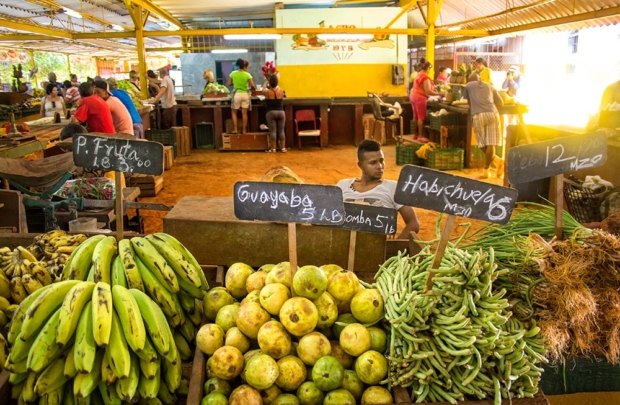
The U.S. law requiring cash payments before shipment to Cuba places an enormous barrier to expanded trade with the U.S., said Aurelio Mollineda Martinez, one of the most senior Cuban officials we met on our visit.
Martinez, director general of the import-export agency Geocomex, said the proximity of U.S. ports to Cuba, plus the quality of its products such as grain and rice, would make the U.S. a natural trading partner. Cuba can work around credit rules using third parties, but only to a limited extent.
For purchases of rice and other goods, Cuba often turns to countries that will provide financing such as Vietnam, China or Brazil, he said.
Martinez said he’d like to increase purchases of U.S. goods and services, including equipment and chemicals from Monsanto and other suppliers. (As if to underscore that point, the president of Iran and the premier of China visited Cuba while we were there, prospecting for trade deals.)
At our visits to government offices, typically bland monoliths done Soviet style, we heard the same refrain: Credit is the problem. The message gets repeated in the U.S. by organizations hoping to undo the embargo for cultural, humanitarian or economic reasons.
Last February, U.S. Secretary of Agriculture Tom Vilsack visited Cuba and said he would expect strong sales of U.S. products, especially soybeans, rice, poultry and biofuels.
The U.S. hoped to eventually provide 50 percent of Cuba’s food and agricultural needs, up from less than 15 percent now. Just how big could the market become, near term? For some insight, many point to the Dominican Republic, which has a comparable population and standard of living.
The Dominican Republic today gets about 45 percent of its agricultural imports from the U.S. That’s $1.2 billion compared with Cuba’s U.S. agricultural imports of $262 million.
Cuba has such a vivid place in American imagination, it’s easy to get bullish on the market there. But when you take into account other factors, the buzz from Cuba Libre starts to wane.
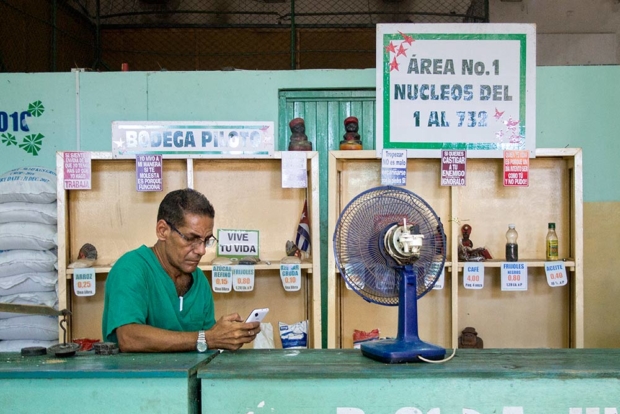
For starters, Cuba’s purchases of U.S. agricultural goods have not gone up during normalization; imports of U.S. agricultural goods fell 62 percent since 2008.
Even with credit, the average Cuban’s wages of $20 to $30 a month will remain a damper on growth, even with the additional income some Cubans receive from private-sector wages or remittances from relatives in the U.S.
Moreover, any growth in agricultural imports will be constrained by the explicit Cuban policy of increasing domestic agriculture; in other words, the state will continue to direct resources and policies toward improving the weak farm sector.
Increased trade with Cuba would certainly benefit American farmers who already grow what Cuba buys, such as rice, chicken, wheat and animal feed. I’m not bullish about tree fruit, though.
It’s hard to see a humid country with unreliable electricity and inadequate chill facilities buying apples, pears or cherries from the Pacific Northwest.
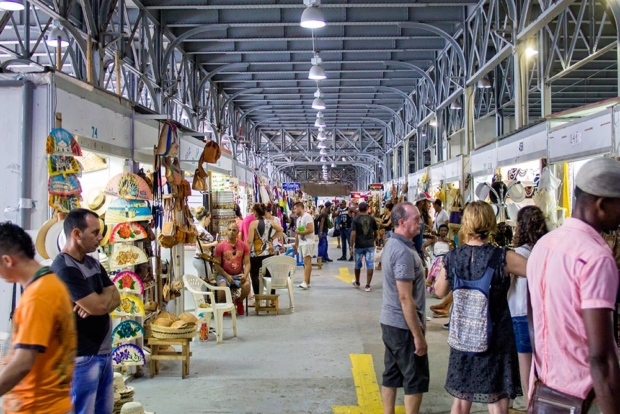
On my visit, I didn’t see apples for sale in any of the markets I visited. Some Washington apples were shipped to Cuba years ago, with much fanfare and expectations, but there’s been little activity since.
“Our focus is really Asia,” Rebecca Lyons, international marketing director with the Washington State Apple Commission, told me in an interview. She ticked off all the challenges with Cuban trade, such as credit restrictions. “If those things are overcome, there’s potential there in the medium- and long-term,” she said. “One of the greatest things is economic development of the Cubans themselves. They have to have money to buy things.”
Change is coming to Cuba, but not quickly. •






Leave A Comment